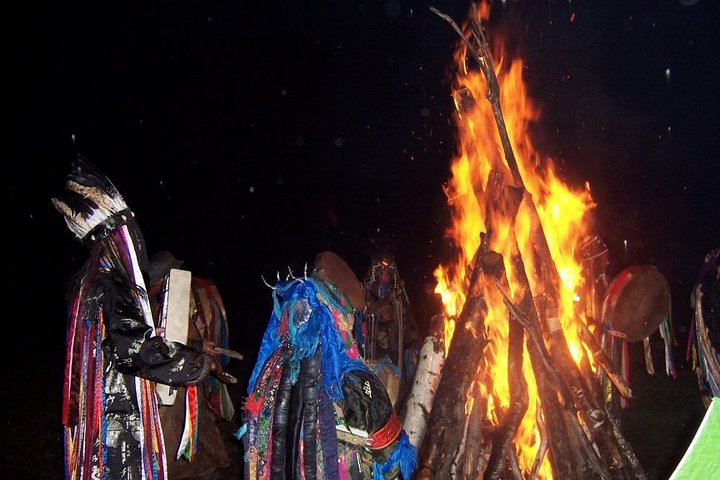Exploring Ulaanbaatar: A Cultural Odyssey Through Mongolia’s Capital
Embark on a journey through Ulaanbaatar, where ancient traditions meet modern life. Discover the city’s rich history and vibrant culture through its monasteries, palaces, and museums.
A Journey Through Time: Ulaanbaatar’s Historical Tapestry
Stepping into Ulaanbaatar, I was immediately struck by the juxtaposition of ancient traditions and modern life. As someone who has spent years exploring the cultural intricacies of Asia, I was eager to delve into the heart of Mongolia’s capital. The city, founded in the 17th century as a religious center, now stands as a vibrant metropolis, home to nearly half of Mongolia’s population. My journey began at the Gandantegchinlen Monastery, a serene oasis amidst the bustling city. Here, I witnessed the morning prayers of the lamas, their chants resonating with a spiritual depth that transcended language. Engaging with the lamas at the Mongolian Buddhist Centre, I found myself immersed in a dialogue that bridged the gap between ancient wisdom and contemporary life.
The next stop was a cashmere production factory, a testament to Mongolia’s rich craft heritage. Observing the meticulous process of transforming raw cashmere into luxurious garments, I was reminded of the delicate balance between tradition and innovation that defines Ulaanbaatar. The factory visit was not just an insight into a key industry but also a reflection of the city’s evolving identity.
The Echoes of Royalty: Bogd Khaan Palace
The Bogd Khaan Palace, once the winter residence of Mongolia’s last king, offered a glimpse into the opulent past of Mongolian royalty. Now a museum, the palace houses artifacts that narrate the political and religious history of Mongolia from the 17th to the 20th centuries. Walking through its halls, I felt a profound connection to the stories of the past, each artifact a silent witness to the passage of time.
The National History Museum further enriched my understanding of Mongolia’s storied past. Spanning three floors, the museum’s exhibits trace the nation’s journey from prehistory through the Soviet era, highlighting the creation of the great Mongolian Empire by Chinggis Khaan. As I wandered through the museum, I was captivated by the tales of glory, conflict, and resilience that have shaped Mongolia’s identity.
Modernity Meets Tradition: The Heart of Ulaanbaatar
A stroll through the center of Ulaanbaatar brought me to Chinggis Khaan Square, a symbol of the city’s dynamic spirit. The square, flanked by the House of Parliament, serves as a reminder of Mongolia’s journey towards modernity while honoring its rich heritage. As I stood in the square, I marveled at the seamless blend of old and new, a theme that resonates throughout the city.
As the day drew to a close, I attended a traditional Mongolian show at Tumen Ekh. The performance, featuring folkloric dances, contortion, and the mesmerizing khoomi overtone singing, was a celebration of Mongolia’s cultural diversity. The show was a fitting end to a day filled with discovery, leaving me with a deeper appreciation for Ulaanbaatar’s unique blend of history and modernity.
My journey through Ulaanbaatar was a reminder of the city’s ability to honor its past while embracing the future. It is a place where history and modernity coexist, offering travelers a rich tapestry of experiences that are both enlightening and inspiring. For those seeking to explore the cultural heart of Mongolia, Ulaanbaatar is a destination that promises to leave a lasting impression.










































